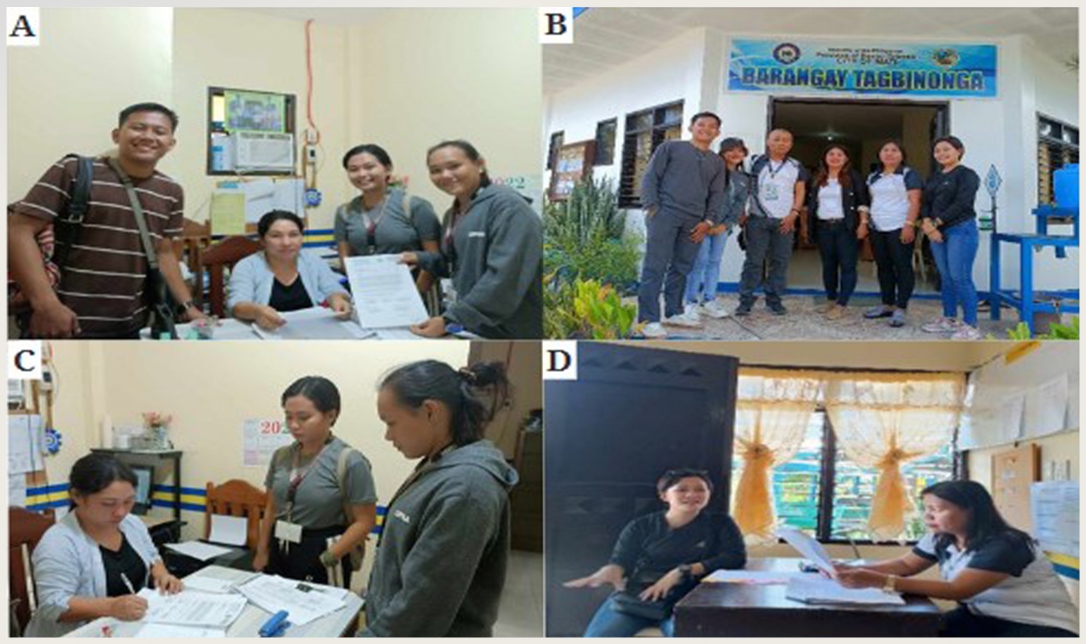Community awareness and performance of Revitalized Pulis Sa Barangay in the City of Mati, Philippines
DOI:
https://doi.org/10.59120/drj.v15i3.248Keywords:
Activity programs, community safety, Davao Oriental, Mati City Philippine National PoliceAbstract
Revitalized Pulis Sa Barangay (R-PSB) of the Philippine National Police has grown to be a mission to maintain the advancements made by government programs provided to the barangays, averting any possible resurgence of terrorists and protecting the public in general. This study determined the level of community awareness and performance of the Revitalized Pulis Sa Barangay in the City of Mati. A non experimental quantitative research design with a descriptive-correlational technique was utilized, and the researcher examined the relationship between community awareness and the performance of the Revitalized Pulis Sa Barangay team. There were 300 respondents chosen using a random sampling technique. Mean and Spearman’s rank-order correlation was used to analyze and interpret the data. Results in the study revealed that most respondents were 24-29 years of age, most were female, and most were from the Mandaya tribe who were high school undergraduates. Results of the study showed that the community was aware of visibility while fully aware of the activity programs implemented. Regarding the performance of the Revitalized Pulis Sa Barangay personnel, the findings also demonstrated a very high level of community safety and police-community ties, along with a very high level of law enforcement. The result of the study emphasized that police play a vital role in maintaining peace and security at the grassroots level of our communities. Thus, their presence signifiantly enhances safety and fosters a sense of security among residents.
Downloads

Downloads
Published
Issue
Section
License
Copyright (c) 2024 Roselyn Mae Osman, Reygin D. Denson, Noreen M. Javier, Grace T. Llanto

This work is licensed under a Creative Commons Attribution-NonCommercial 4.0 International License.
DRJ is an open-access journal and the article's license is CC-BY-NC. This license allows others to distribute, remix, tweak, and build on the author's work, as long as they give credit to the original work. Authors retain the copyright and grant the journal/publisher non-exclusive publishing rights with the work simultaneously licensed under a https://creativecommons.org/licenses/by-nc/4.0/.









